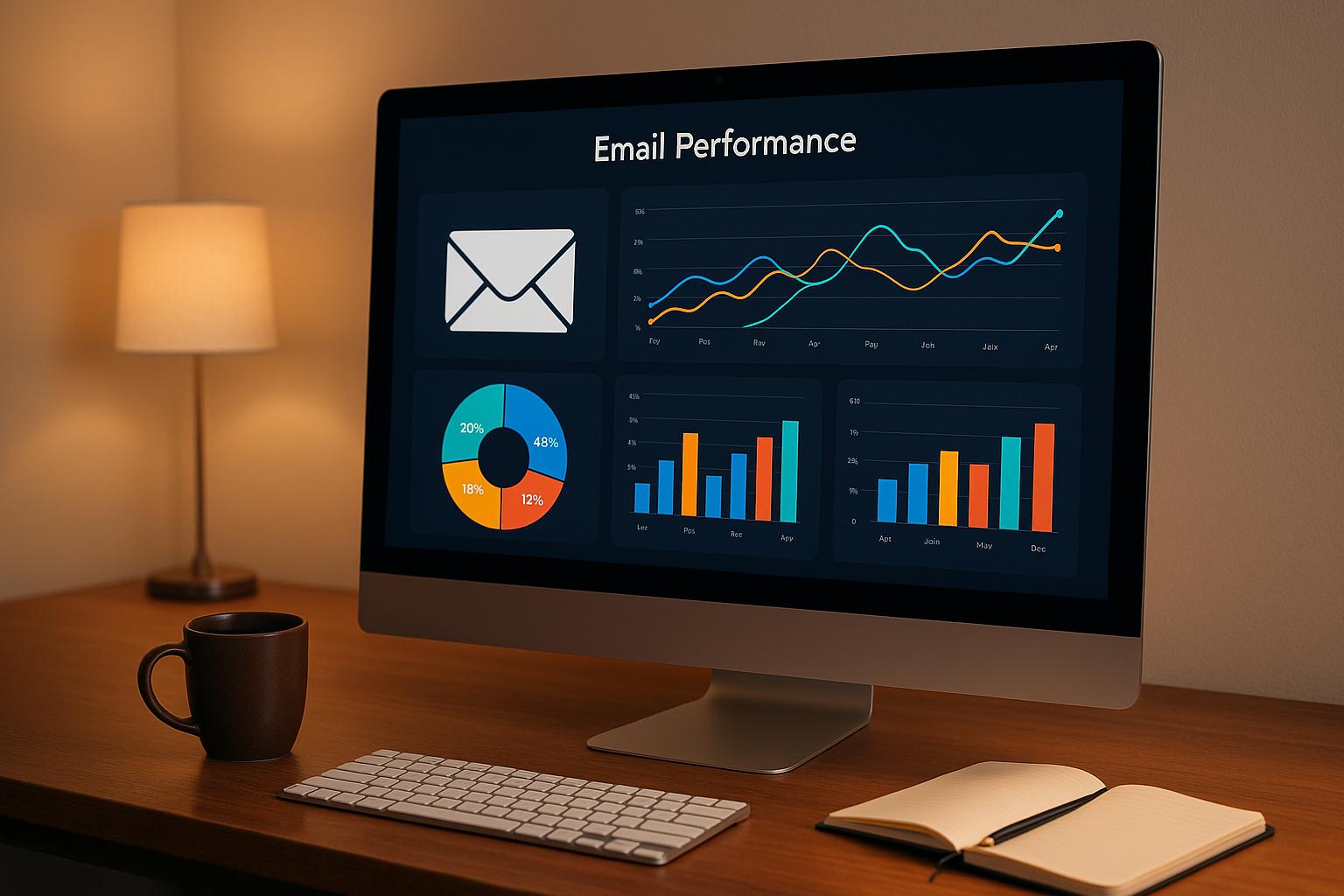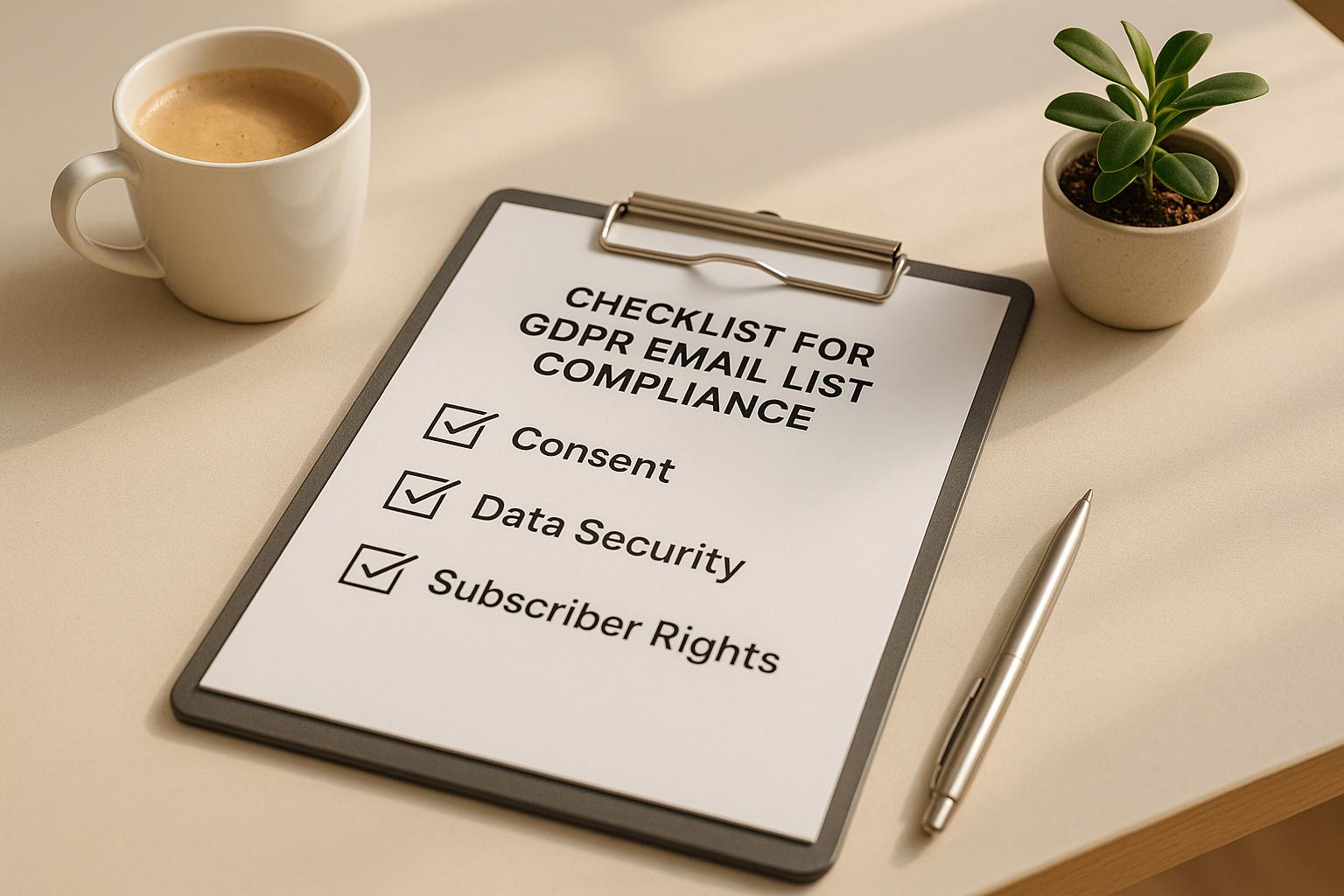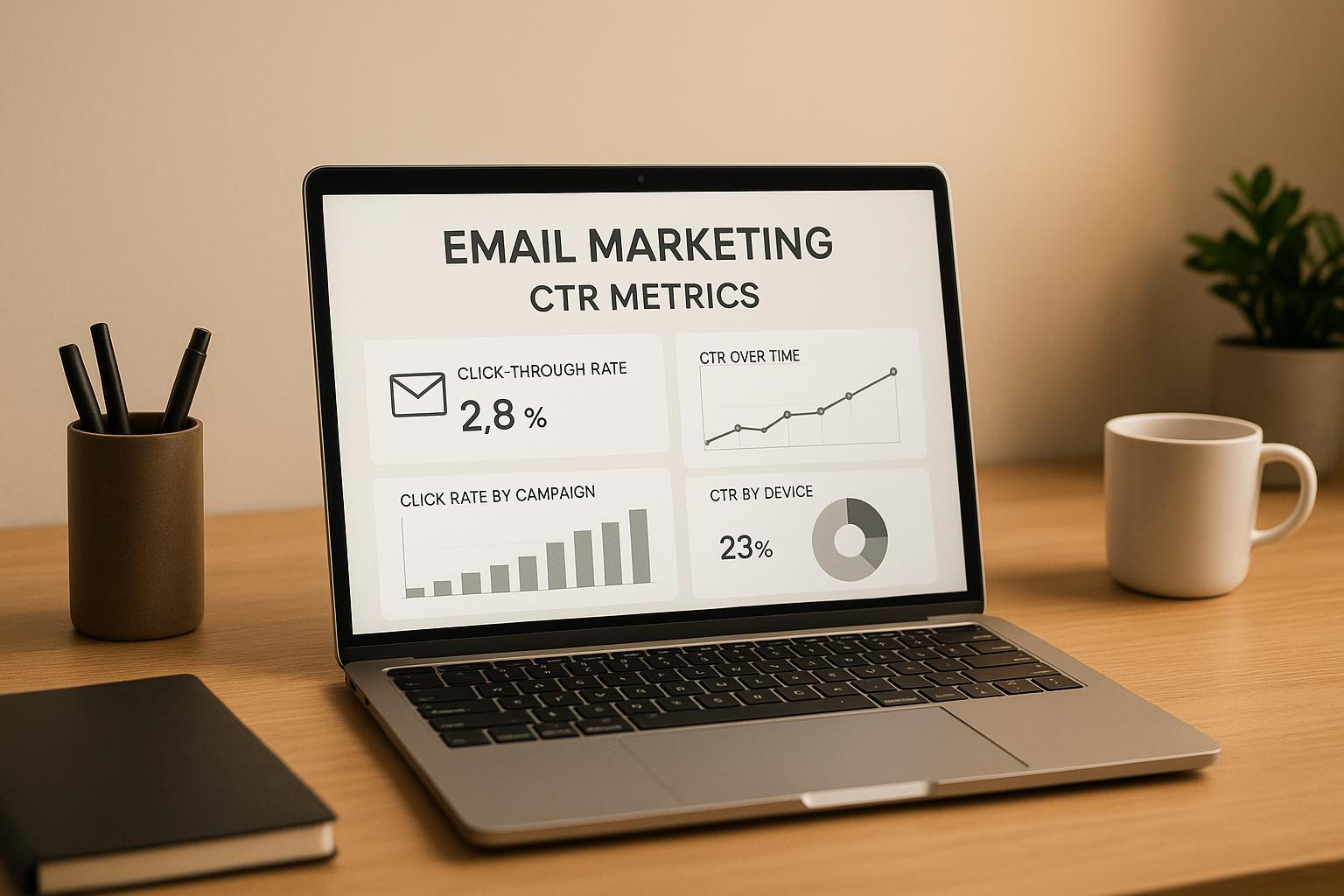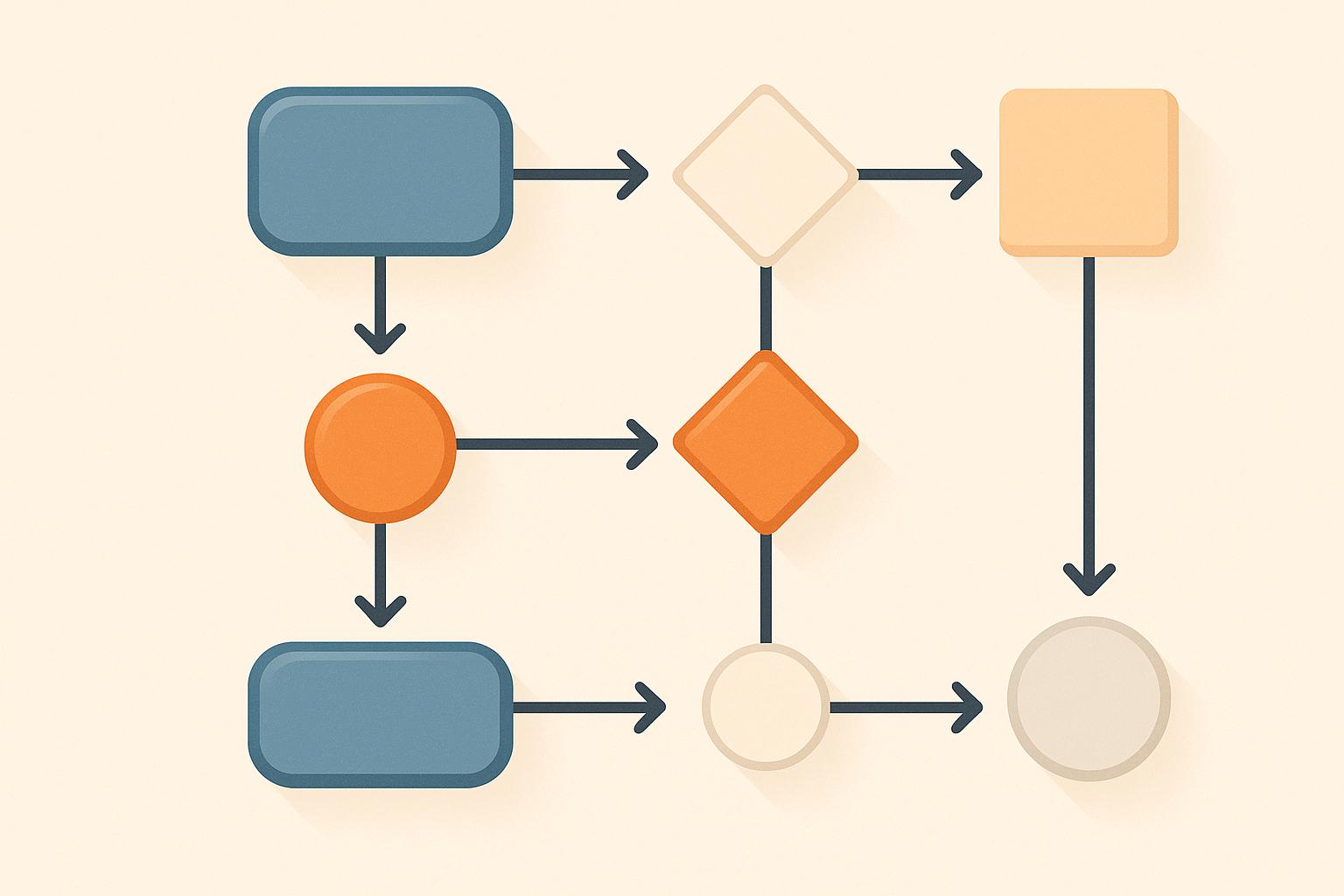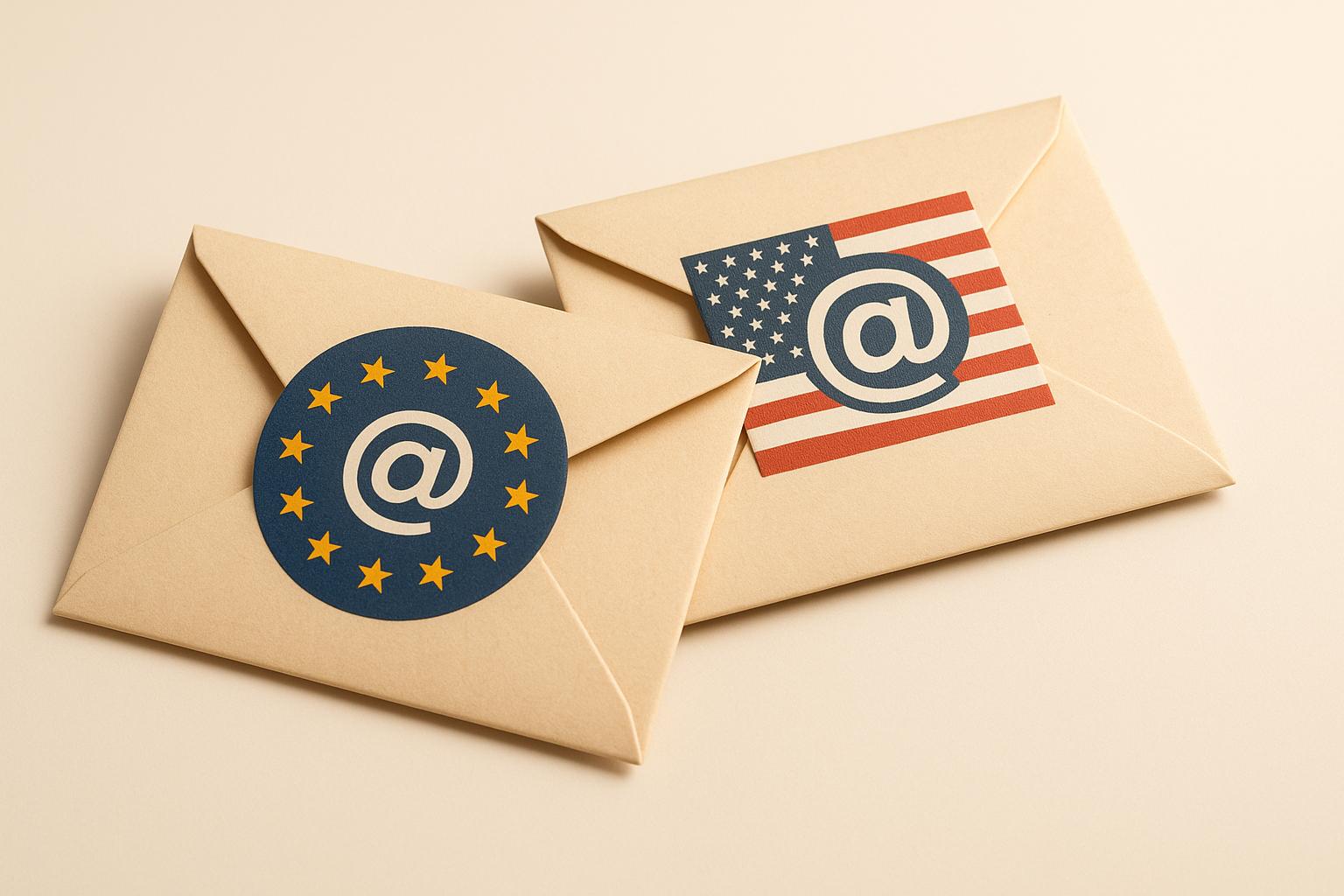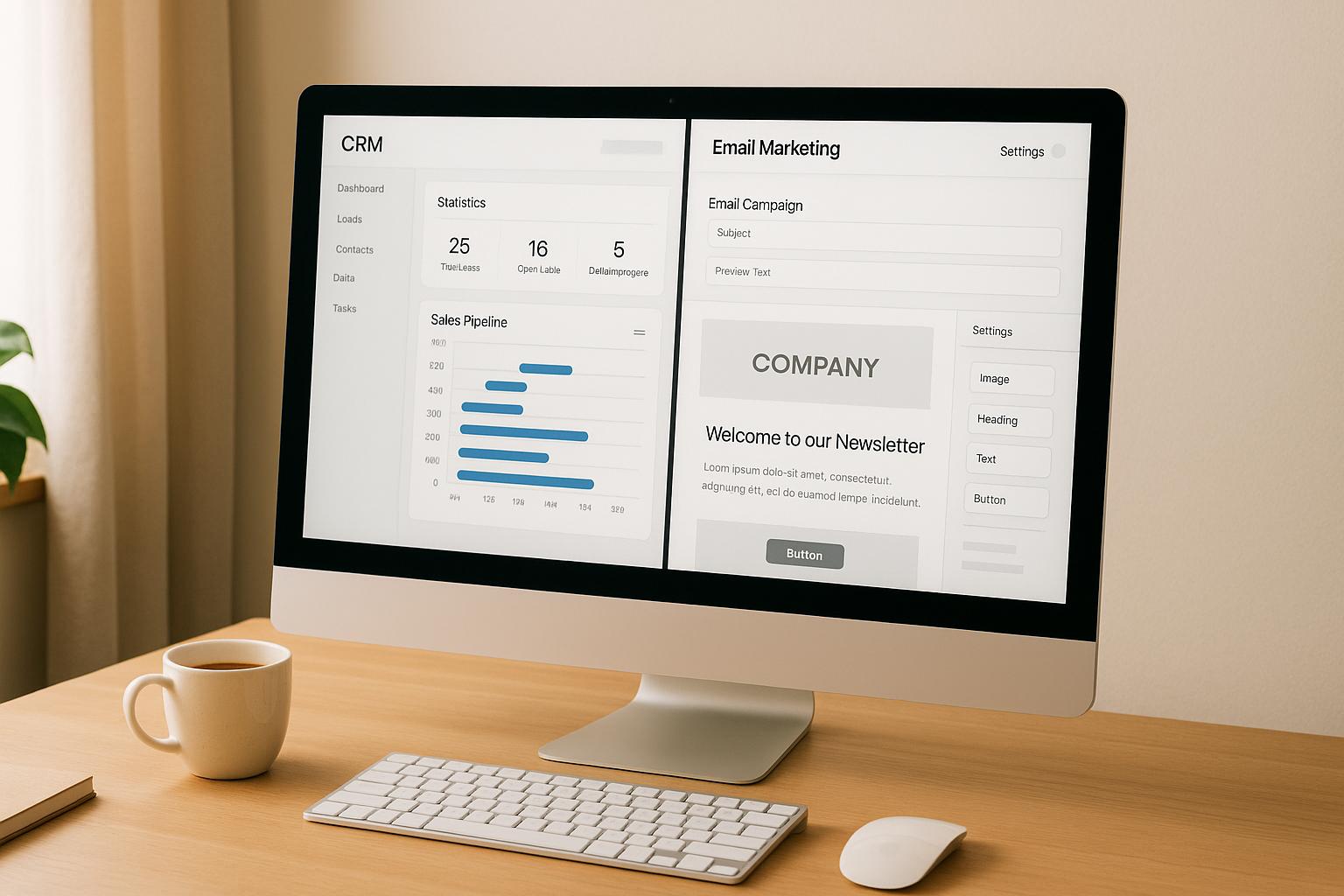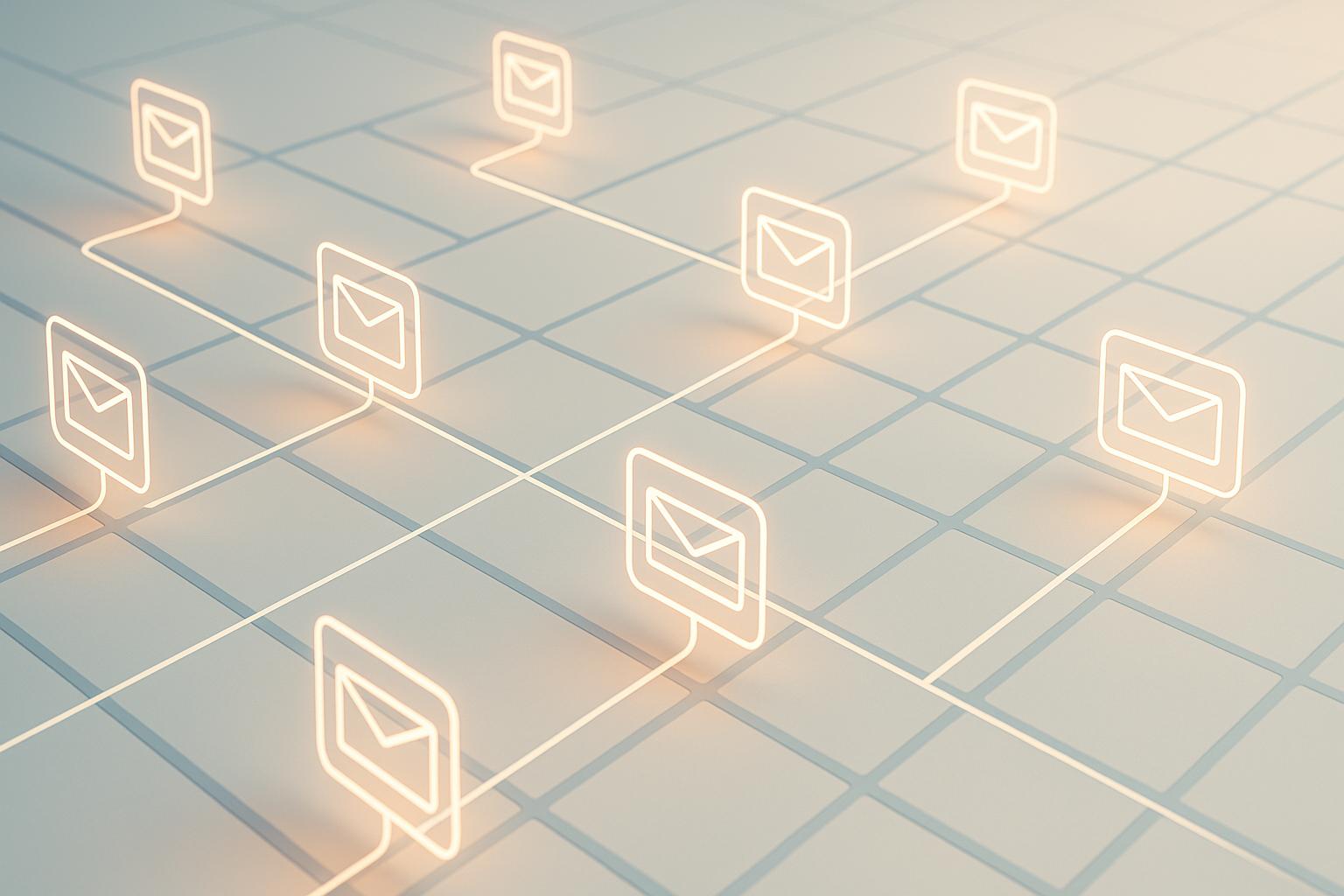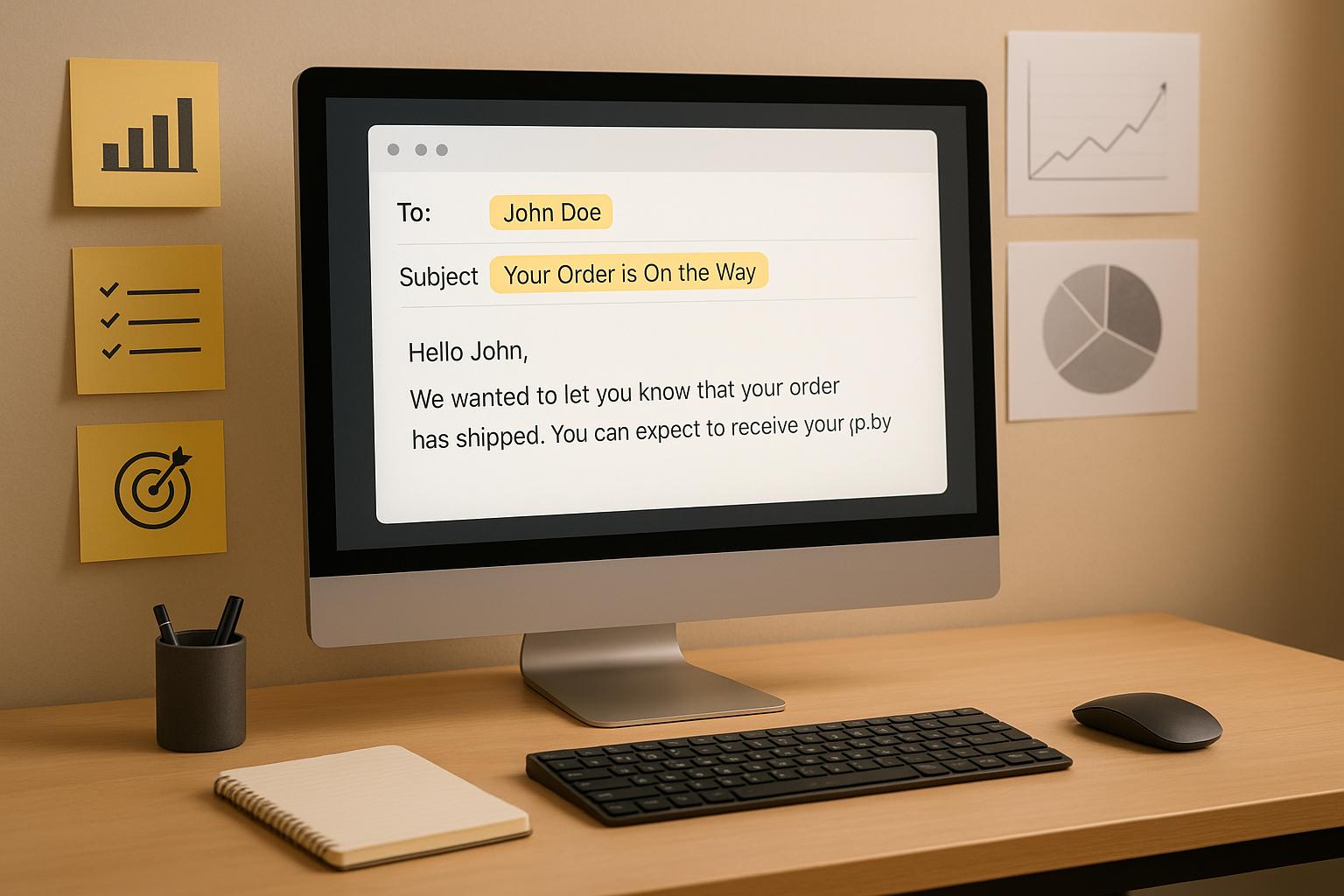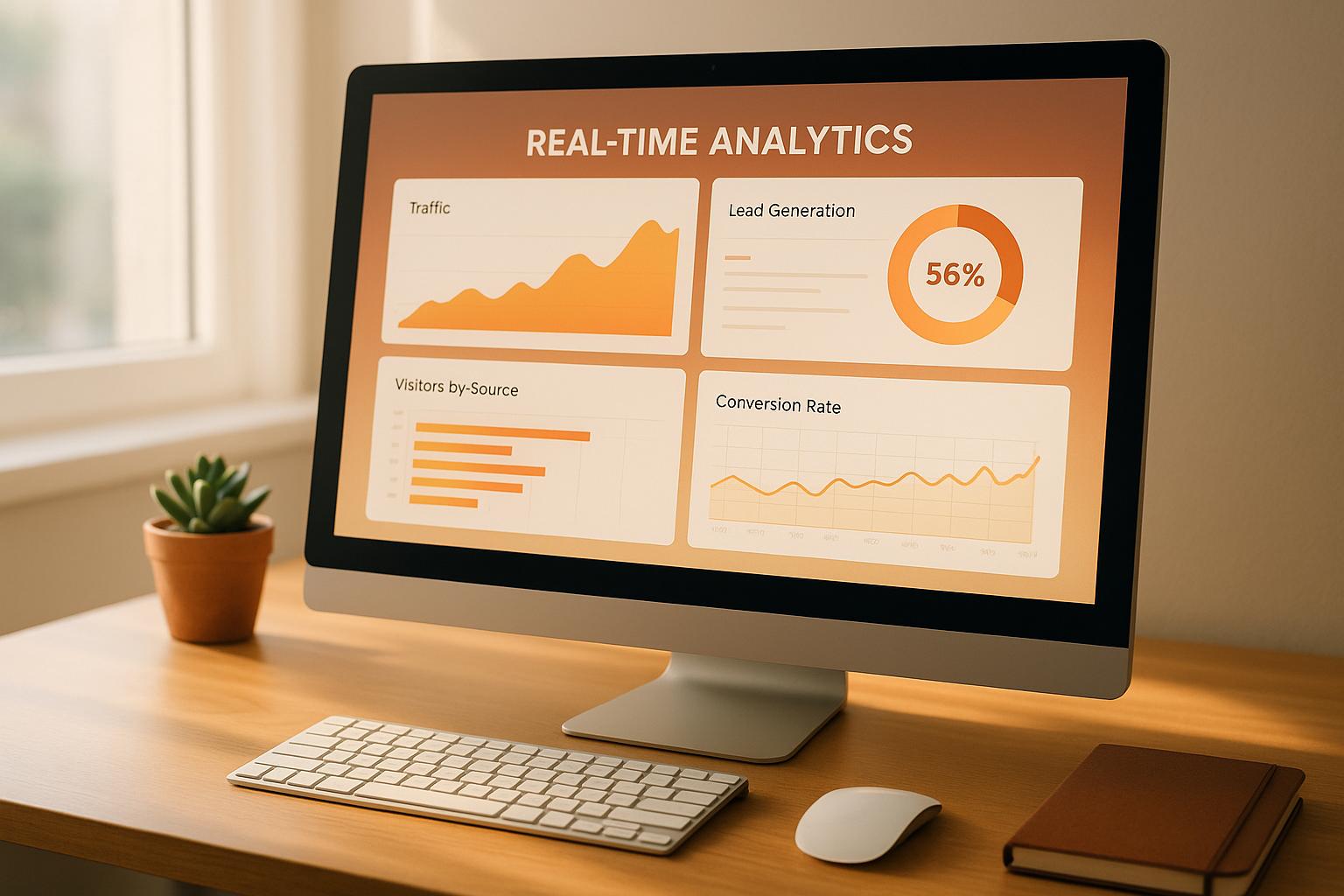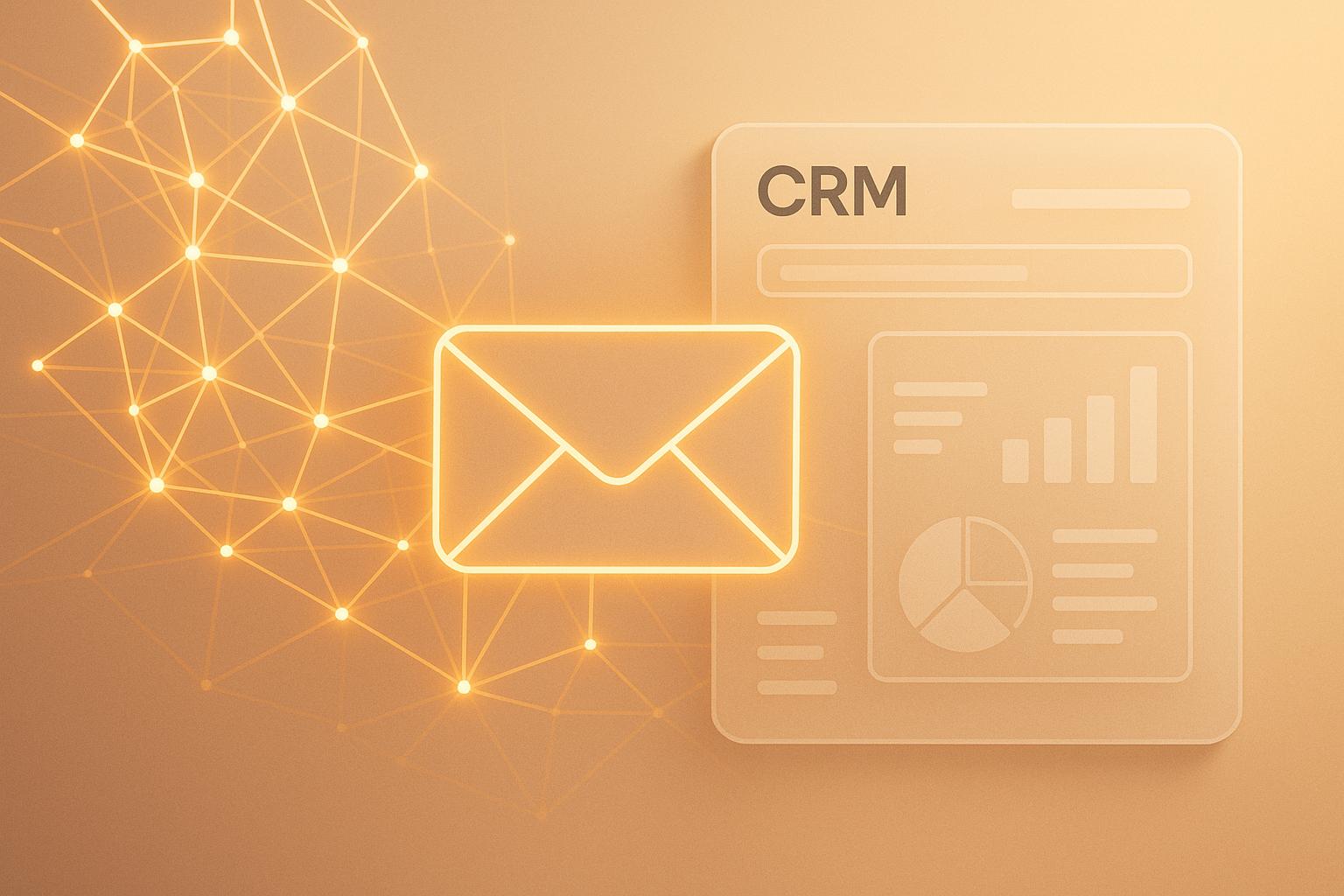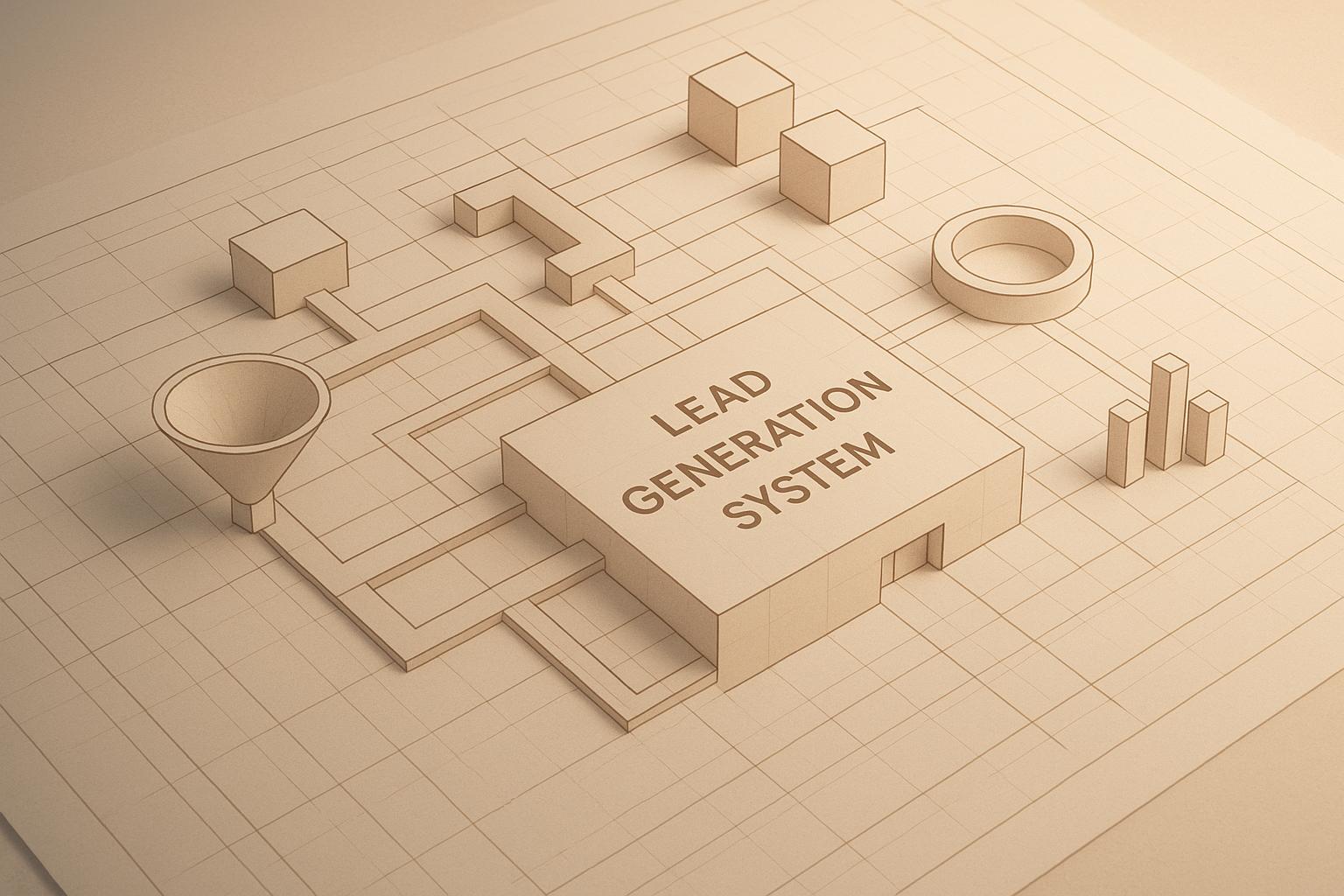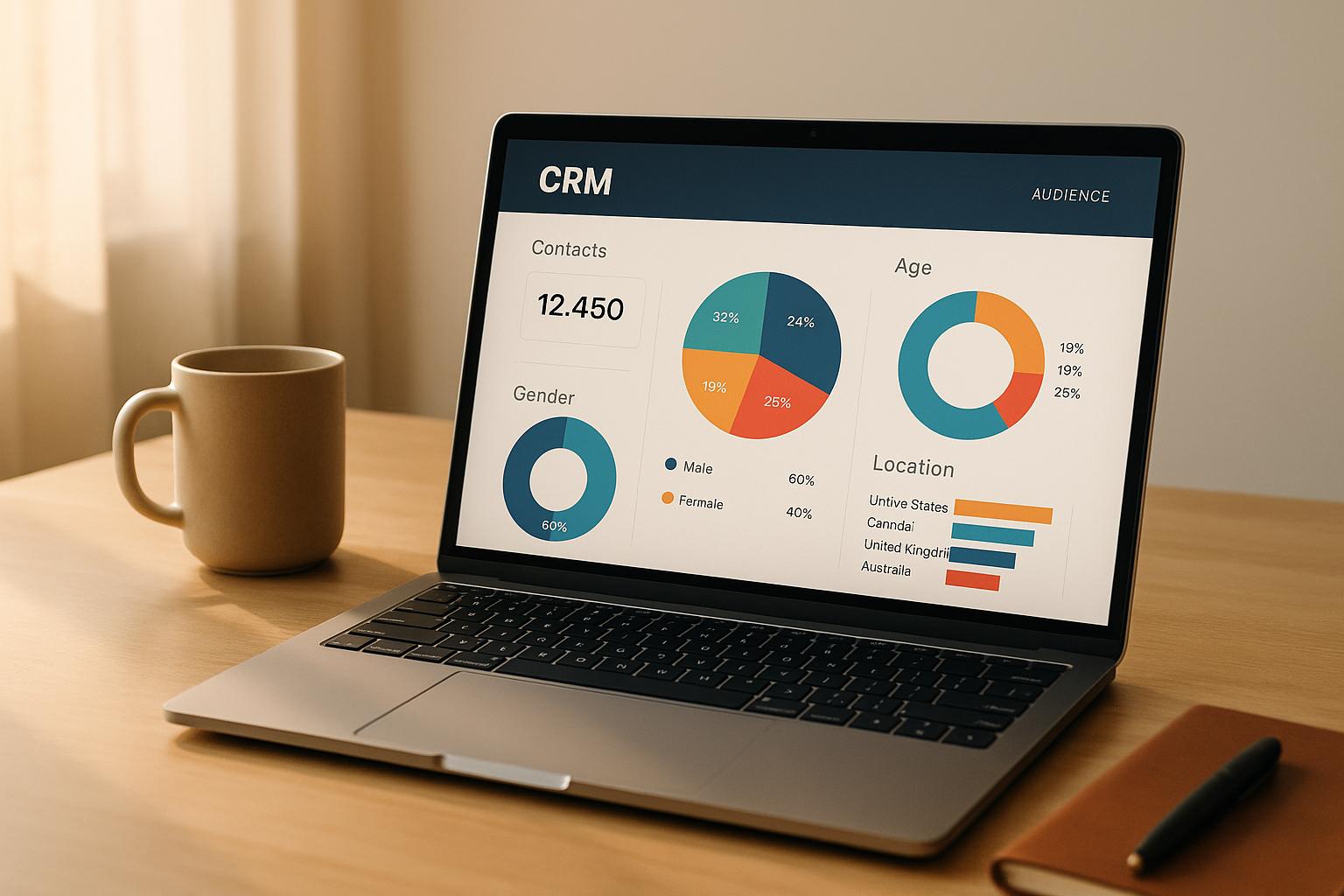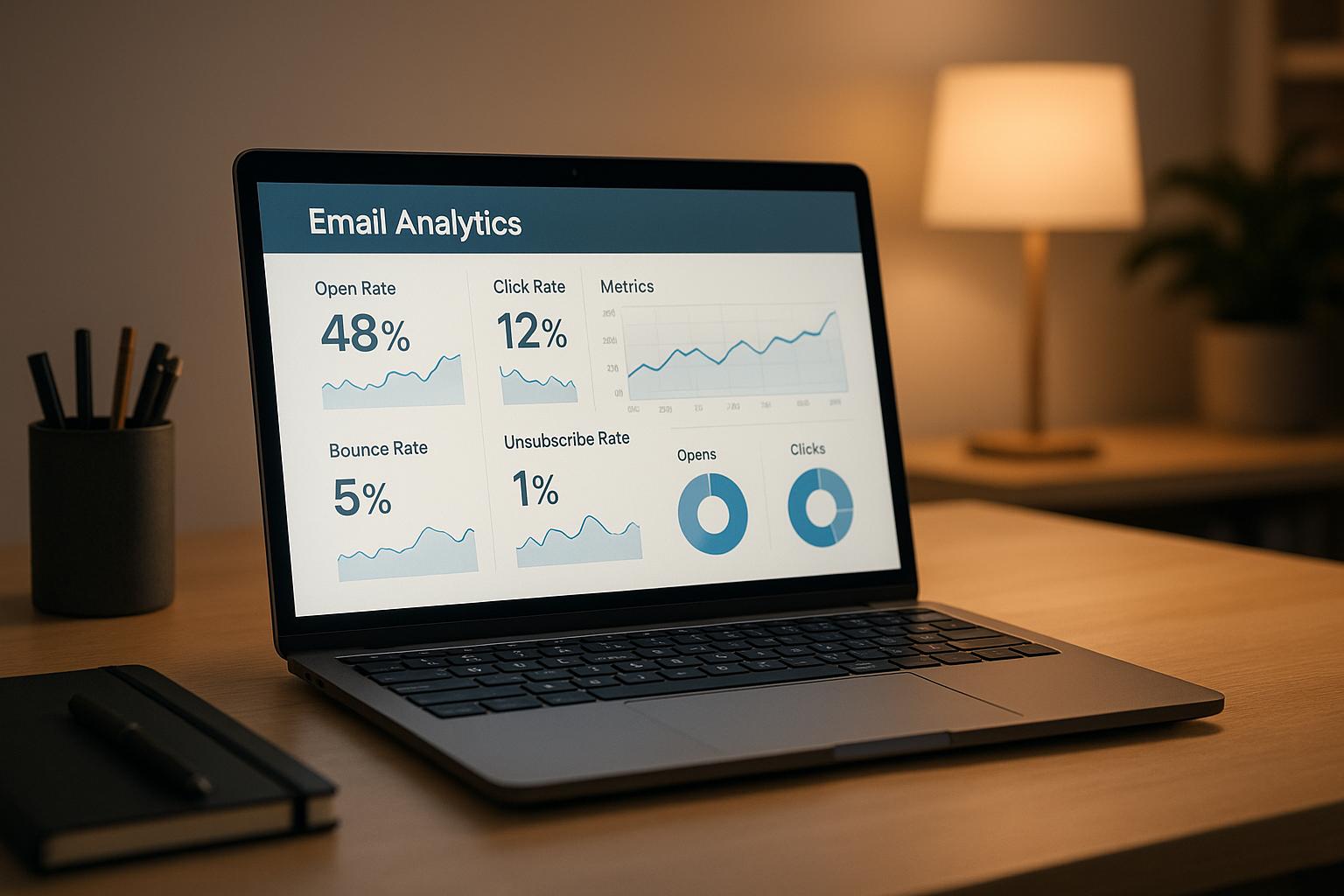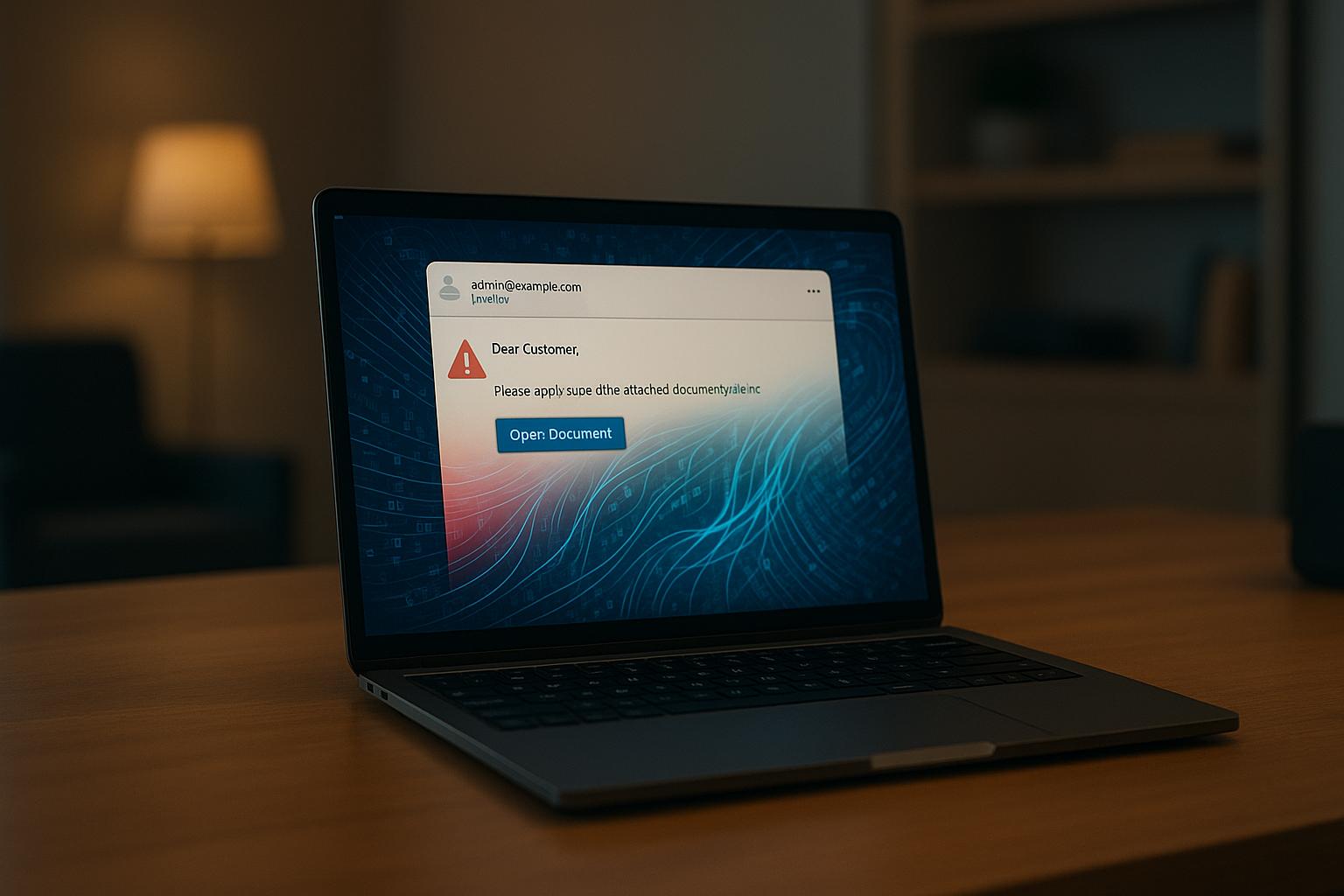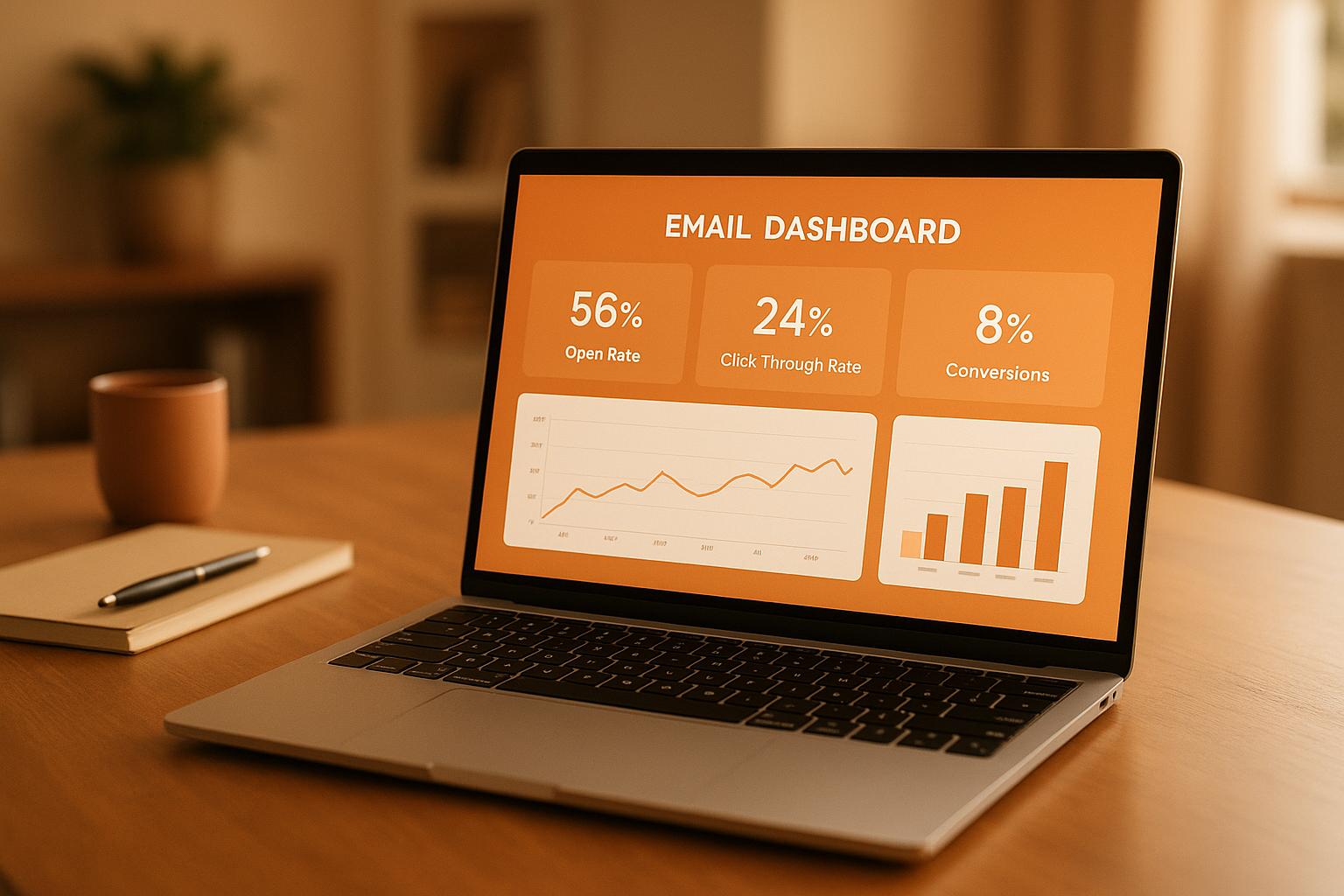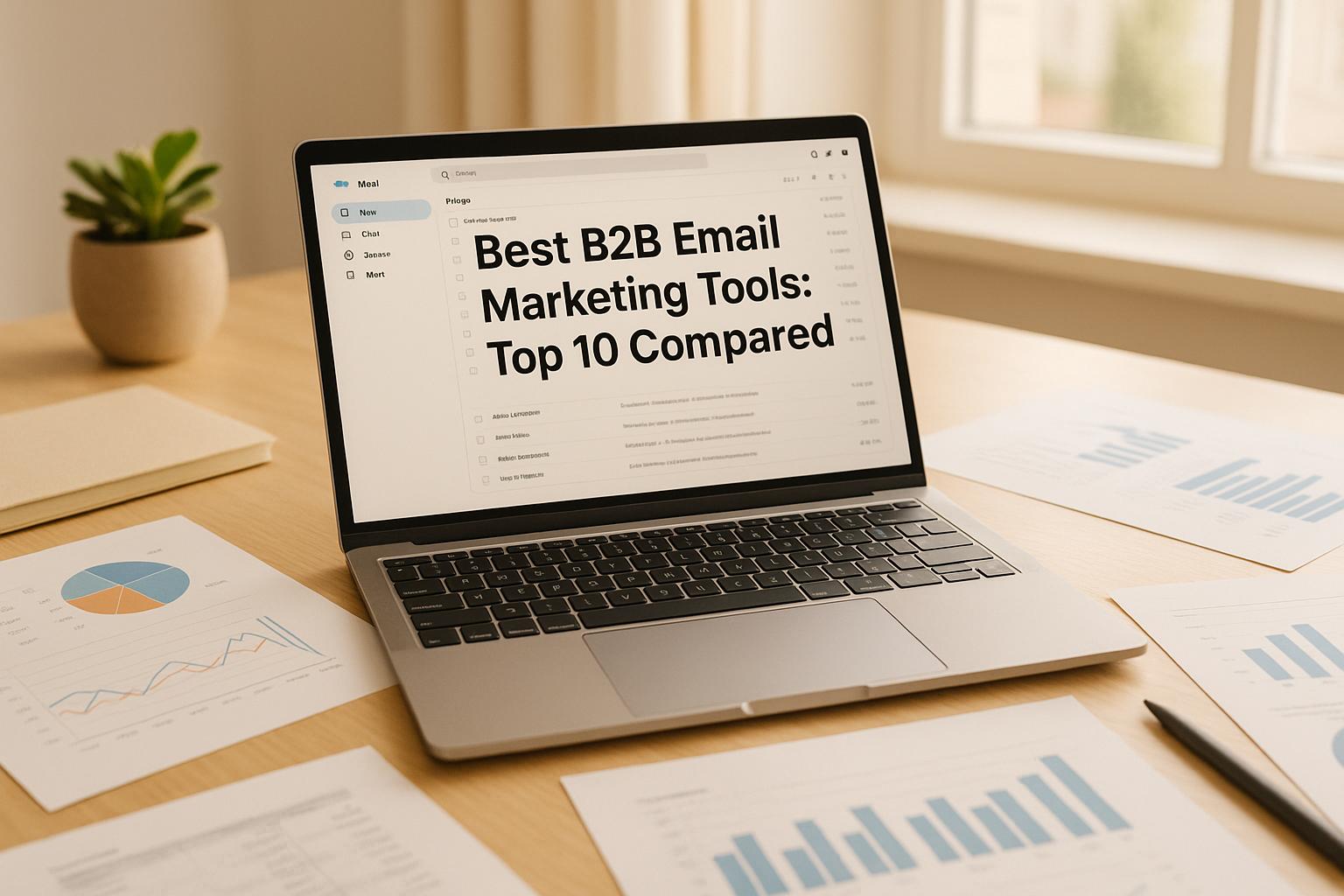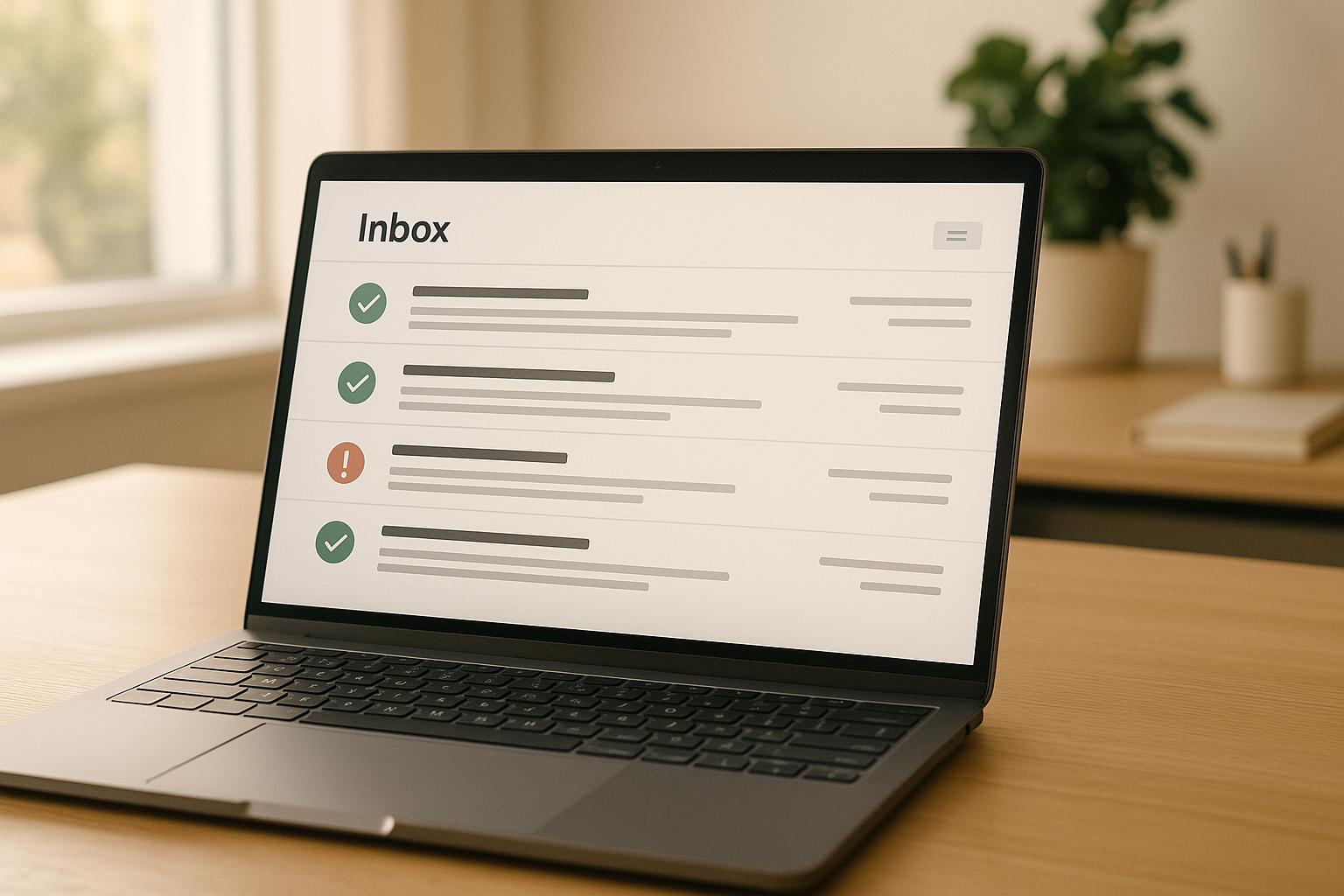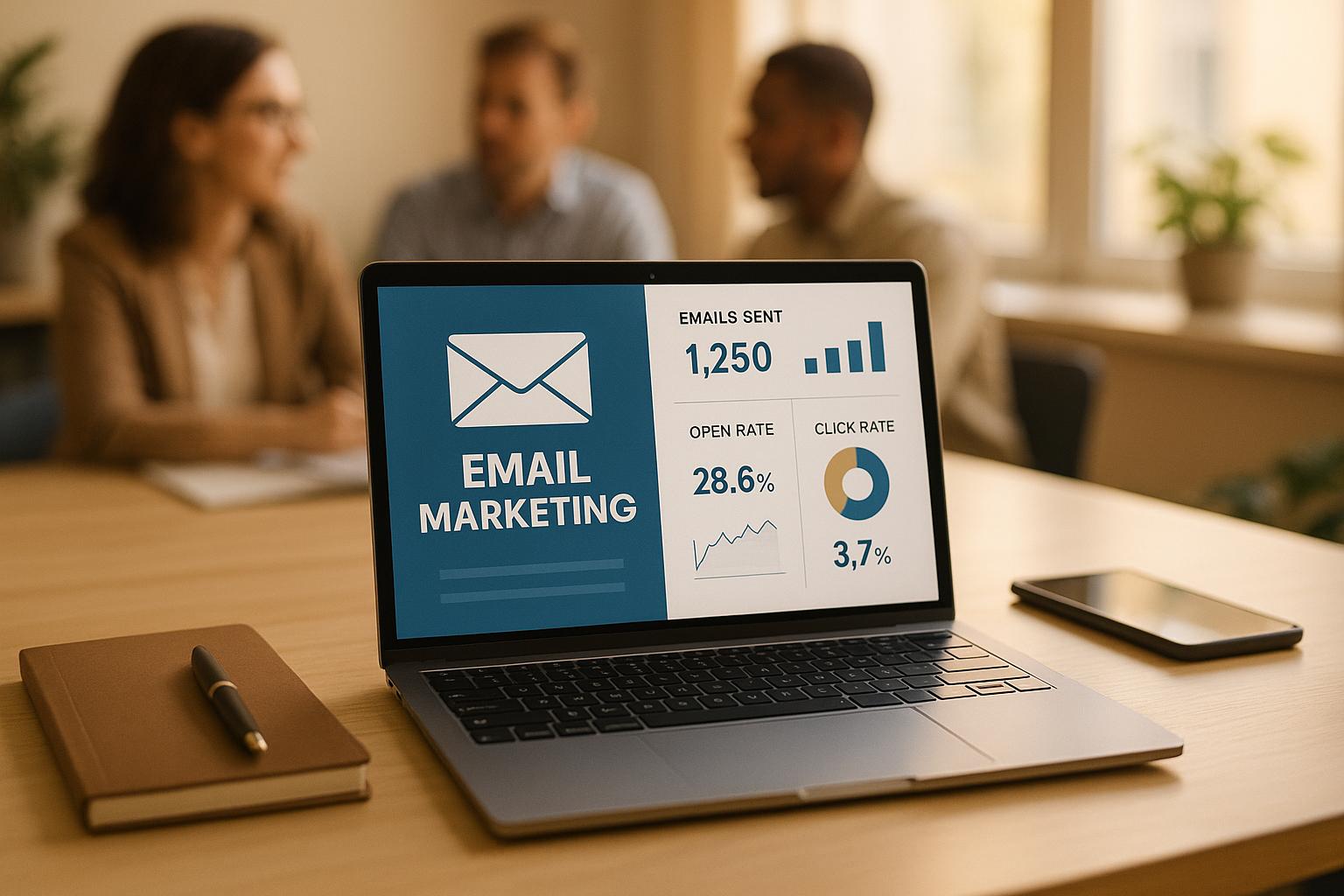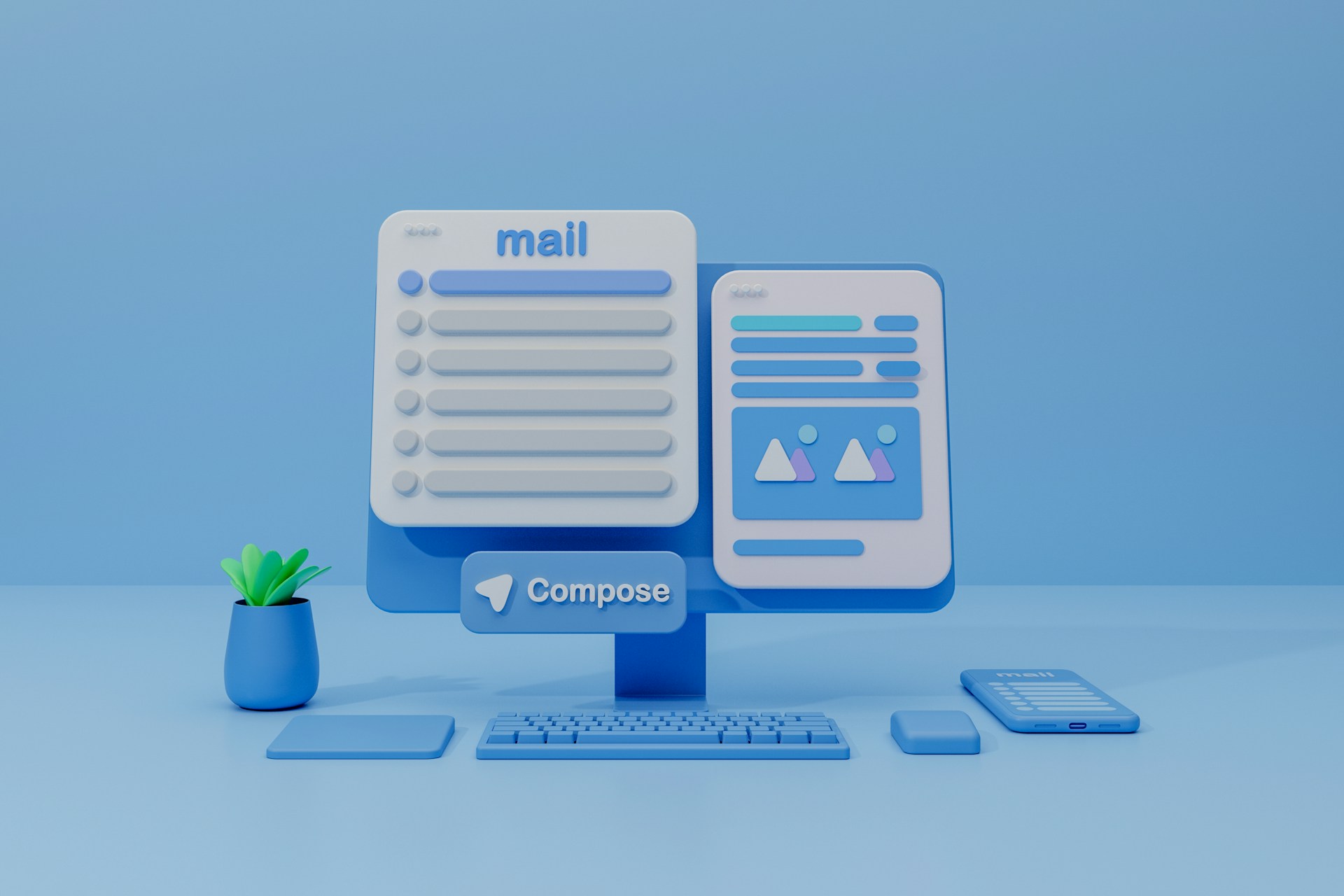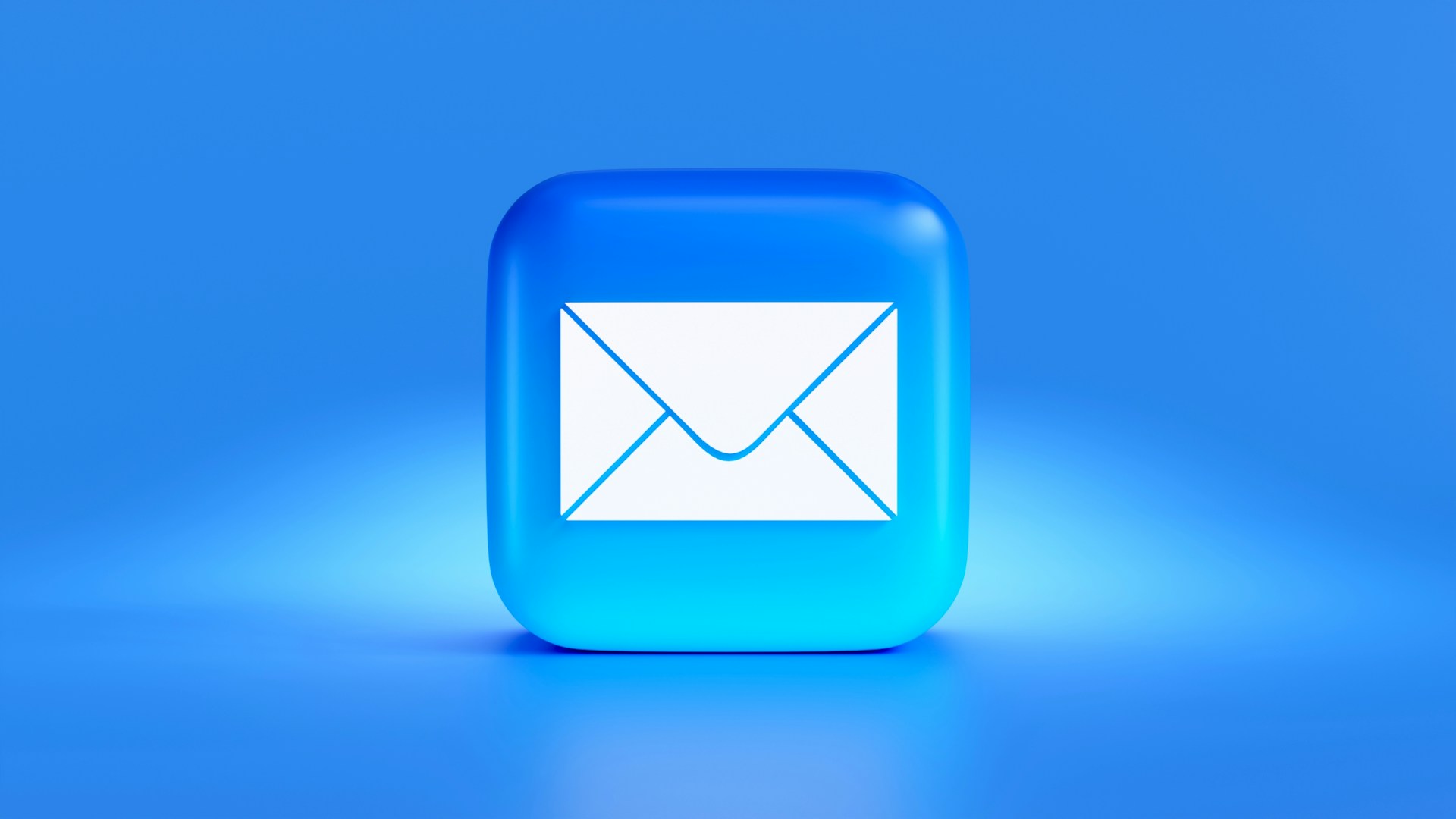Email Data Retention: Best Practices 2025

Email data retention in 2025 is a balancing act between meeting regulations, reducing security risks, and managing storage costs. Companies must navigate complex rules like GDPR in Europe, CAN-SPAM in the U.S., and sector-specific laws while addressing growing cyber threats. Here’s what you need to know:
- GDPR: Focuses on data minimization, requiring businesses to define retention periods and delete personal data when no longer needed. Examples include keeping financial records for seven years and removing inactive subscribers after 24 months.
- CAN-SPAM: Requires businesses to honor opt-out requests within 30 days and maintain suppression lists indefinitely but offers more flexibility in retention timelines.
- Automation: Manual tracking is outdated. Tools that automate deletion, flag expiring data, and enforce compliance are now essential for minimizing risks and errors.
Key takeaway: A clear retention strategy, supported by automation, ensures compliance and reduces risks. For global businesses, aligning GDPR’s strict standards with CAN-SPAM’s flexibility creates an effective approach.
What Are The Rules For Email Retention Compliance? - TheEmailToolbox.com
1. GDPR Requirements
The General Data Protection Regulation (GDPR) has reshaped how email data is retained, not just in Europe but worldwide. Any business handling personal data from the EU must comply with GDPR guidelines to avoid hefty fines.
Retention Timelines
At the heart of GDPR is the "data minimization" principle, which requires organizations to retain personal data only as long as needed for its original purpose. Unlike some regulations that specify exact retention durations, GDPR leaves it up to businesses to define these periods based on their operational needs and legal obligations.
Retention periods vary depending on the type of email data:
- General business correspondence: Typically retained for one year.
- Financial records: Must be kept for seven years to meet tax compliance rules.
- HR-related emails: Often require six years of retention to comply with employment laws.
To stay compliant, businesses should organize email data by its importance, sensitivity, and regulatory requirements. This approach not only ensures adherence to GDPR but also reduces storage risks and operational costs.
For inactive subscribers, GDPR best practices suggest deleting data after 24 months of no engagement. Unsubscribed contacts should be removed within 30 days, though their email addresses can remain on suppression lists to prevent accidental recontact.
Consent Requirements
Under GDPR, consent must be freely given, specific, informed, and unambiguous. This means outdated practices like pre-checked boxes or vague consent are no longer acceptable.
Organizations need to establish explicit opt-in processes and keep detailed records of when and how consent was obtained. Each subscriber’s record should include the date of consent and the specific data processing purposes they agreed to. These records are vital during regulatory audits.
Additionally, GDPR grants individuals the right to withdraw consent. Businesses must offer simple ways for users to revoke their permission and act on these requests promptly. Once consent is withdrawn, companies are required to delete or anonymize the individual’s data within strict timelines.
Platforms like Breaker simplify compliance by automating consent tracking and emphasizing data hygiene. This helps businesses keep their email lists clean and compliant from the start.
Compliance Automation Features
Managing GDPR requirements manually is no longer practical. Automation tools have become essential for ensuring consistent compliance and minimizing human error.
Automation can streamline compliance through features like:
- Retention expiry notifications: Alerts administrators when data is nearing its deletion deadline.
- Automated deletion workflows: Flags subscriber data for removal and prevents its use in campaigns once it expires. These workflows also create audit trails documenting deletion dates, which are crucial during audits.
Another key feature is real-time validation, where platforms check emails against current data-handling rules during campaign creation. This ensures that expired or sensitive data isn’t used, preventing violations before they happen.
AI-enabled archiving platforms are also gaining traction. These cloud-based tools adapt to changing legal requirements, offering compliance dashboards for a clear overview of data retention across an organization’s email systems.
The most effective strategy combines automated tools with clear procedures and staff training. By embedding retention policies directly into the email creation process, businesses can achieve strong GDPR compliance without sacrificing efficiency.
2. CAN-SPAM Requirements
The CAN-SPAM Act takes a different route when it comes to email data retention compared to GDPR. While GDPR emphasizes strict data minimization, CAN-SPAM centers on tracking opt-out requests. This allows businesses to send marketing emails until recipients actively choose to opt out. Instead of setting specific timelines for data retention, CAN-SPAM requires businesses to maintain records that prove compliance with opt-out requests and manage suppression lists effectively.
Retention Timelines
Unlike GDPR, which imposes specific limits on data retention, CAN-SPAM leaves retention periods open-ended. However, industry best practices suggest keeping records of opt-out requests and compliance-related documentation for 3–5 years to prepare for potential audits or investigations. The most critical requirement is maintaining suppression lists - records of individuals who have opted out of receiving emails.
When managing opt-out requests, businesses should remove contacts from active email lists within 30 days but retain their email addresses on suppression lists indefinitely. In 2024, the FTC reported over 300,000 email complaints due to ignored opt-out requests or poorly managed suppression lists. This highlights the importance of proper record-keeping under CAN-SPAM, which differs significantly from GDPR's strict retention timelines.
| Requirement | CAN-SPAM Act (US) | GDPR (EU) |
|---|---|---|
| Retention Timeline | No fixed period; suppression lists maintained indefinitely | Strict limits; data deleted when no longer needed |
| Consent Model | Opt-out (unsubscribe) | Opt-in (explicit consent) |
| Opt-out Processing Time | Typically within 30 days | Immediate or as soon as possible |
| Penalties (2025) | Up to $51,744 per email | Up to €20 million or 4% of global turnover |
Consent Requirements
Under CAN-SPAM, businesses are not required to get prior consent before sending emails. Instead, every commercial email must include a clear unsubscribe option, a valid physical address, and accurate header details. Because of this, data retention policies focus on tracking and maintaining opt-out records instead of documenting initial consent.
To comply, businesses need systems that reliably record opt-out requests and ensure these preferences are consistently applied across all future campaigns. For companies operating globally, this often means segmenting subscribers by region and tailoring retention policies to meet local requirements. While CAN-SPAM offers more flexibility than GDPR, managing opt-out records efficiently often calls for automation.
Compliance Automation Features
A 2025 report by Siteimprove revealed that 68% of US-based marketing teams now rely on automated tools to handle suppression lists and ensure opt-out compliance. These tools automatically remove unsubscribed contacts from active lists while keeping a permanent record of their opt-out status. Real-time validation systems check email lists against suppression records before campaigns are launched, minimizing errors and reducing the risk of penalties.
Compliance dashboards further streamline the process by providing centralized monitoring of key actions, such as opt-out processing times and suppression list updates. These dashboards also create detailed audit trails with timestamps and records of all actions, which are invaluable during FTC investigations or audits. Platforms like Breaker incorporate compliance features into their lead-generation algorithms, ensuring email campaigns engage the right audience while handling opt-out requests seamlessly.
sbb-itb-8889418
3. Breaker Platform Features

Breaker is designed specifically for B2B marketers, offering a newsletter platform that prioritizes secure subscriber management and compliance with GDPR and CAN-SPAM regulations. These tools work hand-in-hand with broader retention strategies, ensuring smooth integration into your marketing efforts.
Consent and Data Hygiene
Breaker takes consent seriously. Its signup forms and "Unlimited Email Validations" help you build a contact list that's both high-quality and fully consent-based. This means you don’t have to worry about manual checks or questionable practices like co-registration networks. Instead, Breaker ensures that every contact added to your list meets compliance standards right from the start.
Compliance Automation and Audit Logs
Staying compliant can be a headache, but Breaker simplifies it with automated systems that handle many of these tasks for you. The platform also keeps detailed audit logs of key data-handling actions, offering transparency and accountability. These records can be invaluable during compliance reviews or audits. Plus, Breaker's adaptable design makes it easy to keep up with changing regulations, so you’re always a step ahead.
Advantages and Disadvantages
When deciding on email data retention strategies, each framework offers its own set of strengths and challenges. Here's a breakdown to help guide compliance decisions:
| Aspect | GDPR | CAN-SPAM | Breaker Platform |
|---|---|---|---|
| Flexibility | Low – Requires strict justification for retention periods and frequent policy adjustments to align with evolving regulations | High – Organizations have freedom to set retention practices, provided unsubscribe requests are handled promptly | Superior – Real-time automation and customizable policies allow for quick adaptation to regulatory changes |
| Ease of Compliance | Complex – Demands detailed documentation, strict data deletion protocols, and management of cross-border data issues | Simple – Straightforward requirements with minimal documentation, ideal for U.S.-based organizations | Streamlined – Automated checks and clear audit trails simplify adherence to both GDPR and CAN-SPAM standards |
| Automation Capabilities | Limited – While automated tools can flag expiring data, manual intervention is often needed due to regulatory complexity | Basic – Tools can manage opt-outs and record-keeping, though automation isn't mandated | Comprehensive – Features like real-time validation, automated deletions, and compliance alerts reduce errors and ensure adherence |
| Data Protection | Strong – Focuses on data minimization, explicit consent, and robust privacy safeguards | Moderate – Relies on opt-out mechanisms, offering less stringent privacy protections | Comprehensive – Automatically enforces compliance with encryption and access controls |
| Administrative Burden | High – Involves managing complex schedules, ensuring timely deletions, and documenting compliance across jurisdictions | Low – Primarily requires maintaining accurate opt-out lists and removing unsubscribed users promptly | Minimal – Automation reduces manual effort and lowers the risk of violations |
These comparisons highlight the trade-offs of each approach.
GDPR's strength lies in its focus on robust data protection and user trust. However, achieving compliance can be daunting, especially for smaller teams. Organizations must navigate complex retention schedules, document every compliance step, and address cross-border data requirements, which can significantly increase the administrative workload.
On the other hand, CAN-SPAM offers simplicity, making it an attractive option for U.S.-based organizations. Its flexible approach allows businesses to prioritize core operations while ensuring compliance through straightforward opt-out mechanisms. However, its privacy protections are less stringent compared to GDPR.
Breaker Platform stands out by integrating automation into compliance processes, reducing human error and administrative costs. Features like real-time compliance notifications, automated data deletion, and pre-send validation help organizations avoid violations. The "Unlimited Email Validations" feature ensures high-quality, consent-based contact lists, eliminating the need for risky manual checks.
That said, automation isn't without its challenges. Proper configuration and regular audits are critical to avoid compliance gaps.
For businesses operating across both U.S. and international markets, a hybrid approach often works best. By using Breaker's automation to meet GDPR's strict standards while leveraging CAN-SPAM's flexibility for domestic campaigns, companies can create a scalable retention strategy that balances protection and practicality.
Ultimately, finding the right balance is key. GDPR offers the strongest data safeguards, CAN-SPAM simplifies operations, and Breaker's automation bridges the gap by streamlining complex compliance tasks without overburdening teams.
Conclusion
Navigating email data retention in 2025 demands a thoughtful strategy that aligns regulatory requirements, operational needs, and data security. A closer look at GDPR and CAN-SPAM shows that there’s no one-size-fits-all solution. Success hinges on understanding your regulatory landscape and tailoring policies and tools to fit your organization’s unique needs.
For U.S.-based organizations, CAN-SPAM provides a flexible framework with straightforward opt-out rules and minimal documentation requirements. On the other hand, businesses operating internationally must adhere to GDPR’s more stringent standards, which include shorter retention timelines and rigorous data deletion practices. One thing is clear: automated compliance systems are now essential. These systems allow organizations to create retention policies that scale with their size and complexity.
Smaller businesses should focus on cloud-based archiving solutions that automate processes without requiring heavy IT infrastructure. Starting with basic data classification, they can gradually expand their capabilities as their operations grow.
Mid-sized and large enterprises, however, benefit from more advanced platforms that offer features like real-time compliance checks, automated deletions, and detailed audit trails. These platforms help ensure that data is deleted based on actual retention dates and provide timely notifications for expiring information.
To build a strong retention strategy, organizations should integrate automation, clear data classification, and thorough documentation. Modern email platforms can assist by automatically excluding subscribers whose data has expired, flagging retention limits, and preventing the use of outdated customer information in campaigns. Tools like Breaker support this by offering built-in compliance features and unlimited email validations, helping businesses maintain accurate subscriber lists and target audiences effectively.
Keeping detailed records of data deletions - including dates and reasons - prepares organizations for audits and demonstrates a proactive compliance approach. This shifts compliance from being a theoretical concept to a practical, actionable part of operations.
Finally, regular reviews of retention policies are crucial. At a minimum, organizations should schedule annual reviews, but industries with stricter regulations may require quarterly updates. Treating retention policies as a core business practice, rather than a compliance chore, not only ensures regulatory alignment but also builds customer trust and supports long-term growth through strong data governance.
FAQs
What are the best practices for balancing GDPR and CAN-SPAM compliance in email data retention?
To navigate the requirements of both GDPR and CAN-SPAM, businesses need a well-thought-out approach to managing email data. While GDPR focuses on securing user consent, limiting data retention, and honoring the right to be forgotten, CAN-SPAM emphasizes providing clear opt-out options and accurate sender details. Striking a balance between these two regulations ensures compliance and fosters trust with your audience.
Here are some practical steps to consider:
- Clean up your email lists regularly: Remove inactive or unsubscribed contacts to avoid holding unnecessary data.
- Automate opt-out processes: Set up systems to handle opt-out requests quickly - CAN-SPAM requires this to be done within 10 business days.
- Keep detailed records of user consent: Document how and when consent was obtained, along with your data retention policies, to demonstrate transparency and accountability.
By integrating these practices into your email strategy, you can meet legal requirements while maintaining a positive relationship with your audience.
What are the benefits of using automation tools to ensure compliance with email data retention regulations?
Automation tools make it easier to stay compliant with email data retention laws like GDPR and CAN-SPAM by handling complex processes more efficiently. These tools are designed to help you manage and organize large amounts of email data, ensuring that records are either retained or deleted in line with legal guidelines.
The main advantages include minimizing human error, saving time, and ensuring consistent compliance with regulations. By automating tasks such as email archiving, setting up deletion schedules, and generating compliance reports, businesses can stay focused on their primary goals while meeting legal and ethical responsibilities.
How does Breaker help with GDPR and CAN-SPAM compliance in email marketing?
Breaker takes the hassle out of navigating GDPR and CAN-SPAM regulations by connecting you with highly engaged, exact-match B2B subscribers. Its cutting-edge algorithms ensure your email campaigns land in front of the right audience while keeping deliverability rates high.
On top of that, Breaker offers tools to help you handle subscriber data responsibly. From managing consent and opt-outs to safeguarding data privacy, these tools make it easier to stay compliant. By prioritizing accuracy and adherence to regulations, Breaker helps you run ethical and effective email marketing campaigns.


